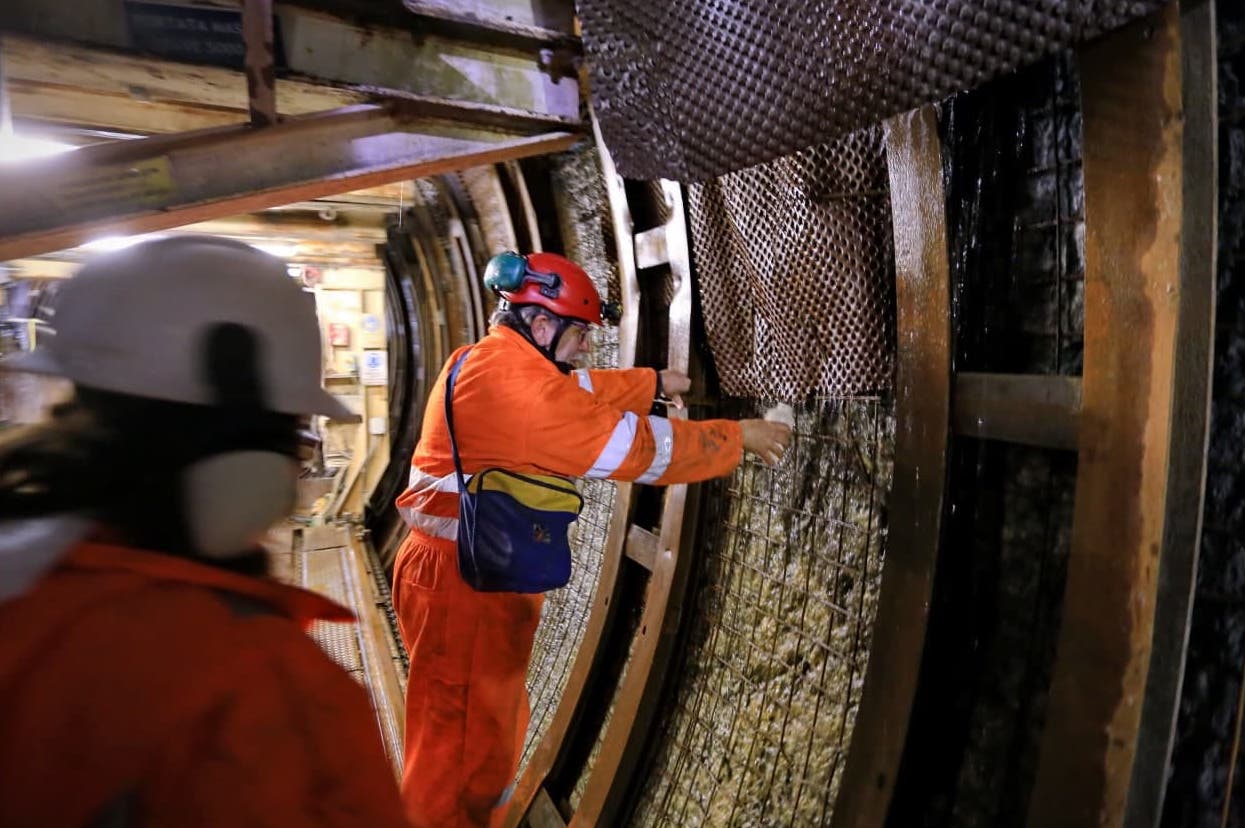The hot water collected during excavation of the Chiomonte base tunnel will become a source of clean, sustainable energy for the construction site. This geothermal resource will then be made available to the community for use in the Susa Valley.
The opportunities offered by this geothermal energy have been explored in a study undertaken by TELT together with the Department of Environmental, Land and Infrastructure Engineering (DIATI) and the Department of Energy (DENERG) at the Polytechnic of Turin. This action accords with the principles and objectives of the Sustainable Development Goals (SDGs) to which the public promoter has been committed since it joined the UN Global Compact in 2015.
Geothermal energy is an alternative form of energy generated by the Earth’s natural heat, offering a sustainable, renewable and cost-effective resource. The efficiency of this type of energy depends upon the distance between the point of production and the point of use. It is precisely for this reason that it is the nearby surrounding area that can most benefit from the positive spin-offs and use of this resource, both in Italy and France. It is also an opportunity to test innovative solutions and attract investments for a sustainable economy.
The research has lasted two and a half years and led to the definition of various aspects: on the basis of the experience gained during the construction of the Maddalena tunnel, where no impact was recorded on surface water resources, the project hypotheses were confirmed with respect to the flow rate of the water collected; furthermore, various hypotheses for the use of geothermal resources have been evaluated during both the construction and the operational phases.
According to the findings, the flow rate can be enhanced by a waterproofed lining in the tunnel to divert the water into a collection channel, generating an estimated 9.3 to 14.4 megawatts of thermal power.
Adopting these figures, the Polytechnic has developed the usage scenarios offering the greatest added value.
In particular, four hypotheses for use in Chiomonte during the years of the works have been examined: providing the energy for a visitors’ area and construction site offices, district heating for 80 buildings, and energy for greenhouses for horticulture or hydroponic greenhouses. Three other hypotheses have also been analysed for use after 2030 in Susa, to which the hot water will be channelled after completion of the work: heating a municipal swimming pool, district heating for 2,000 homes or for the international railway station with its offices.
The results of the research have been summarised in a publication available online.




